Top 8 Interesting Facts about Henry Hudson
Henry Hudson was an English explorer who was one of the most influential and renowned figures of the Age of Discovery, a term used to refer to extensive ... read more...European overseas exploration from the end of the 15th century to the 18th century. Apart from providing valuable information to future explorers, his discoveries formed the basis for Dutch colonization of the Hudson River and for English claims to Canada. To know more about the interesting facts about Henry Hudson, let's read this article.
-
Most information on Henry Hudson's birth and early years is unclear. While some sources place his birth in or around 1565, others place it in or around 1570. Even less conviction is expressed by other historians; for example, Peter C. Mancall claims that Hudson “was probably born around the 1560s” while Piers Pennington provides no date at all. He was born in England, most likely in the Greater London area.
It is believed that Henry Hudson was a maritime merchant's son. He is thought to have spent a significant amount of his early years at sea, starting as a cabin boy and eventually rising to the position of ship's captain. He could have learned his knowledge of northern regions, as well as his sailing and navigating abilities, from Captain John Davis, a renowned navigator. In the 1590s, most likely, Henry Hudson wed a Katherine. Oliver, Richard, and John are the three boys he had with her.
It is all speculation, and the information about the early life of Henry Hudson until now is still a question mark. But anyway, he was undoubtedly knowledgeable about the topography of the Arctic and a skilled navigator because two powerful firms hired him to undertake risky explorations.
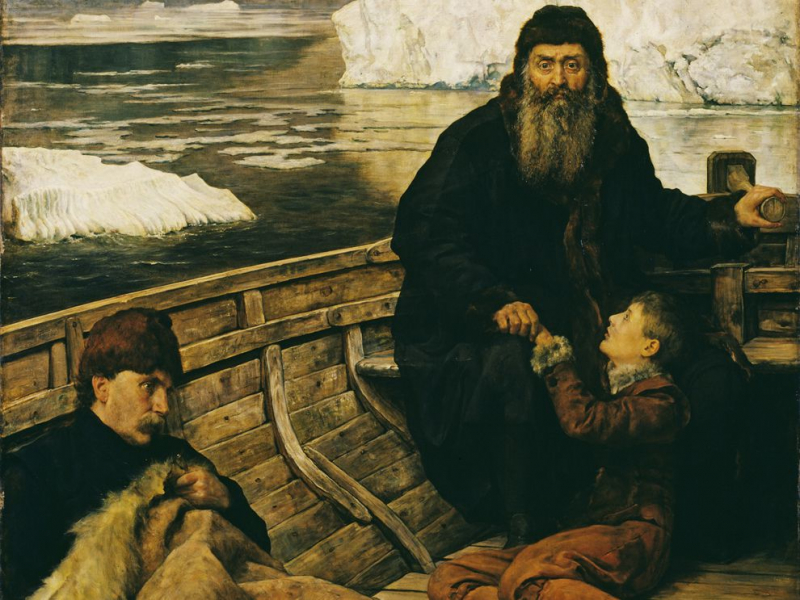
Photo: nationalgeographic 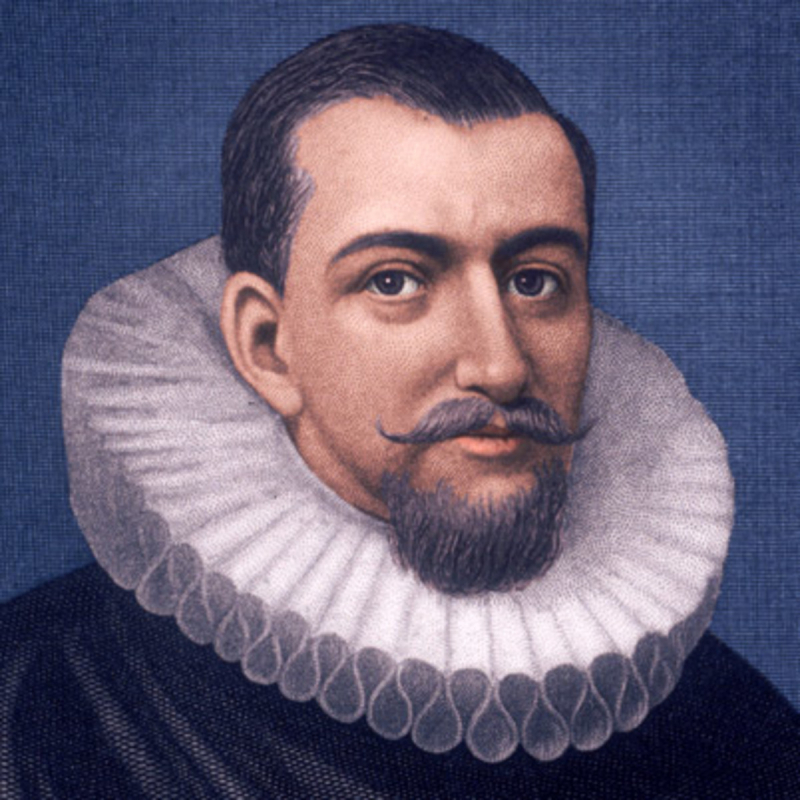
Photo: biography -
European enterprises were hunting for a passable passage over the North Pole to Asia in the late 16th and early 17th centuries. The ice at the pole was expected to melt throughout the summer, which meant that there would be a navigable shorter north-east or north-west sea route from Europe to Asia, according to cartographers or mapmakers of the time. Henry Hudson made four attempts to find an ice-free passage past the North Pole that would provide a shorter route to the rich markets and resources of Asia.
Hudson made two attempts in 1607 and 1608 on behalf of English traders to locate the mythical Northeast Passage to China via a passage above the Arctic Circle. On behalf of the Dutch East India Company, he arrived in North America in 1609 and traveled through the area that is now the New York metropolitan area. He sailed up the Hudson River with his ship Halve Maen ("Half Moon") in search of a Northwest Passage to Asia. Despite the risks of ice and uncharted coasts, he maintained his warships. He had good navigation skills. His contributions to geography were significant, and the Dutch colonization of the Hudson River and the English claims to Canada were both founded on his discoveries.
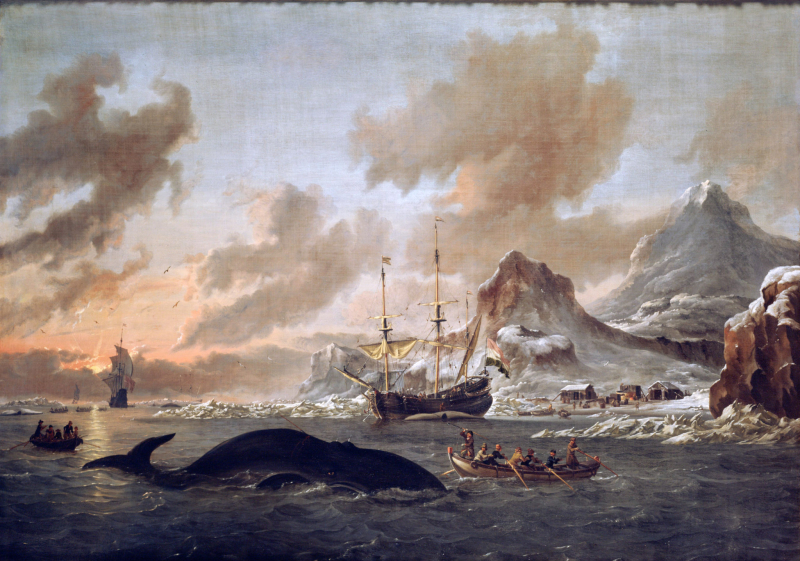
Photo: weylin 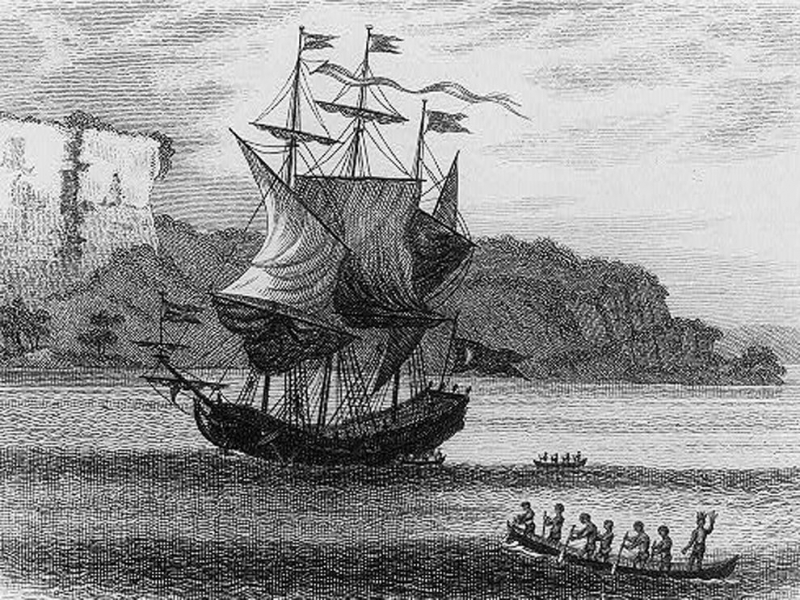
Photo: nationalgeographic -
In order to discover that path to Asia, the Dutch East India Company in the Netherlands hired Hudson to make a third northeast expedition in 1609. Approximately at latitudes 62° and 40° North, respectively, Hudson had learned of two potential routes to the Pacific. Hudson decided to head back to Holland immediately if the northeast journey didn't work out, despite his curiosity in these northwest passageways having been piqued. On April 6, 1609, he set out from Holland aboard the vessel Halve Maen (Half Moon). But when unfavorable weather once more prevented him from traveling northeast, he disregarded his promise to his employers to return immediately and instead steered the ship toward North America in search of a northwest passage.
Hudson's expedition left Newfoundland, Canada, and proceeded south along the Atlantic coast before entering the great river that Florentine explorer Giovanni da Verrazano had uncovered in 1524. Before realizing that it would not lead all the way to the Pacific, they proceeded 150 miles up the river, to what is now Albany. The river would then be referred to be the Hudson going forward. In order to stop Hudson and the other English crew members from traveling on behalf of other countries, English authorities intervened when Hudson docked in Dartmouth, England, on the return voyage. Holland received the ship's log and documents, and word of Hudson's discoveries traveled there rapidly.
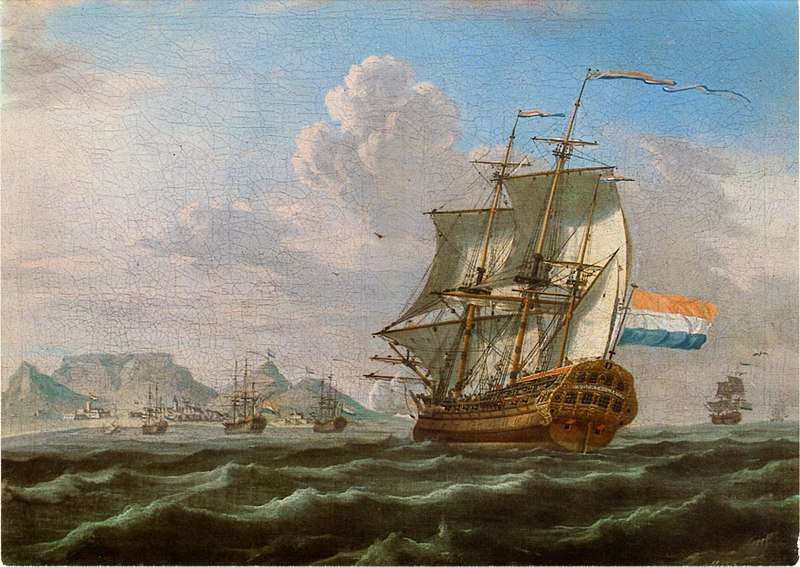
Photo: dutchreview 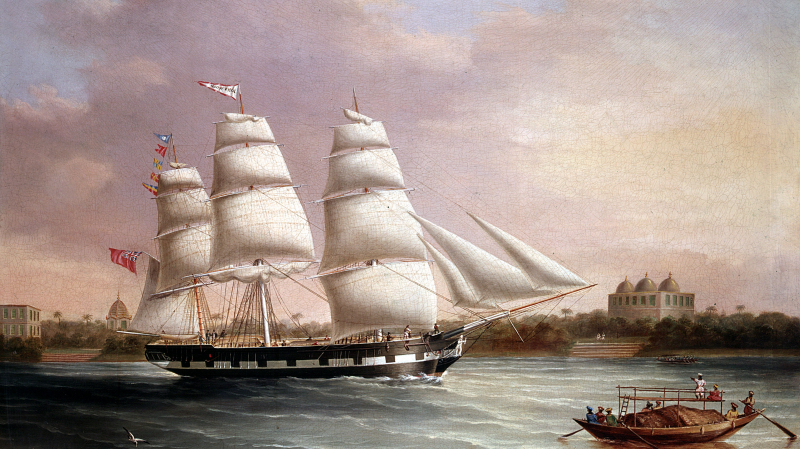
Photo: thoughtco -
On July 2, the Half Moon touched down in Newfoundland, Canada, after veering west to look for the northwest route to the Pacific. After traveling south along the Atlantic coast, Hudson's voyage entered the great river, which Florentine explorer Giovanni da Verrazano had uncovered in 1524. They traveled nearly 150 miles up the river before arriving in Albany, the present-day capital of New York. One of the interesting facts about Henry Hudson is the river then earned the name “Hudson” going forward.
Hudson made the decision to return to Europe, arriving in Dartmouth, England, on November 7, 1609, believing that the Hudson River wouldn't lead all the way to the Pacific. The ship was seized by the English authorities, who also barred Hudson from collaborating with the Dutch once more. Hudson was able to deliver the log to the Dutch embassy in England, who then despatched it to Amsterdam along with his report. The Dutch utilized Hudson's trip to stake claims in the areas he surveyed. By founding the colony of New Netherland, which included the three important fur-trading strongholds of New Amsterdam, Wiltwyck, and Fort Orange, they colonized the area.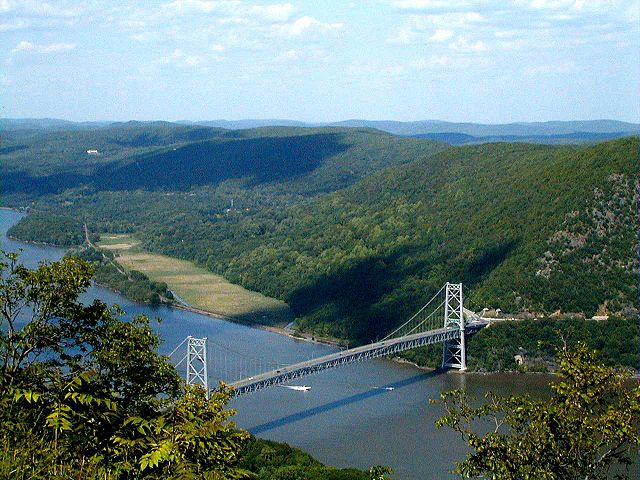
Photo: wikipedia 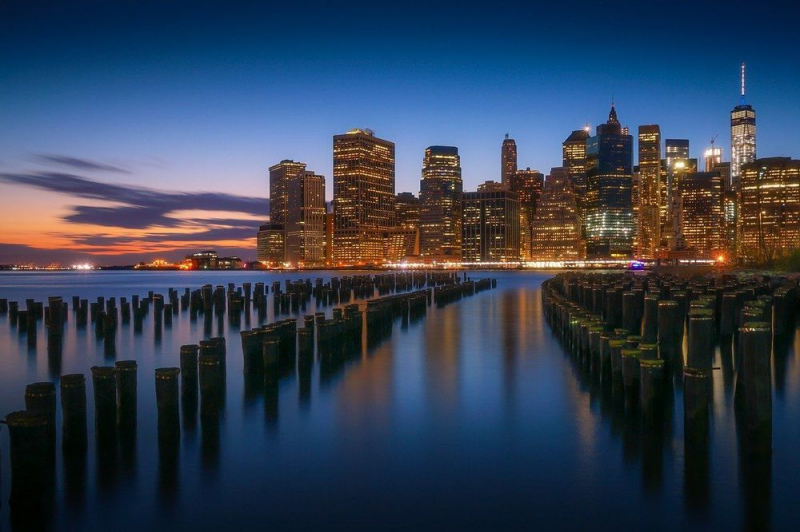
Photo: kidadl -
The fourth and last trip of Henry Hudson was funded in 1610 by the Virginia Company and the British East India Company. On April 17, 1610, he sailed from London in the ship Discovery in an effort to locate the northwest passage to Asia. After crossing the Atlantic, the Discovery arrived in Iceland on May 11 and the southern part of Greenland on June 4.
It then circled Greenland's southernmost point before entering the Hudson Strait at Labrador's northernmost point on June 25. Henry Hudson thought he had reached the Pacific after passing through the Hudson Strait, but in reality, he had entered a vast bay that is now known as Hudson Bay. The assumption that the ship had finally discovered the Northwest Passage through the continent caused a great deal of excitement. The following months were spent by Hudson surveying and investigating its eastern coasts, but he and his crew were unable to discover a route to Asia. But at James Bay, the ship was stuck in the ice in November, so the crew decided to spend the winter ashore.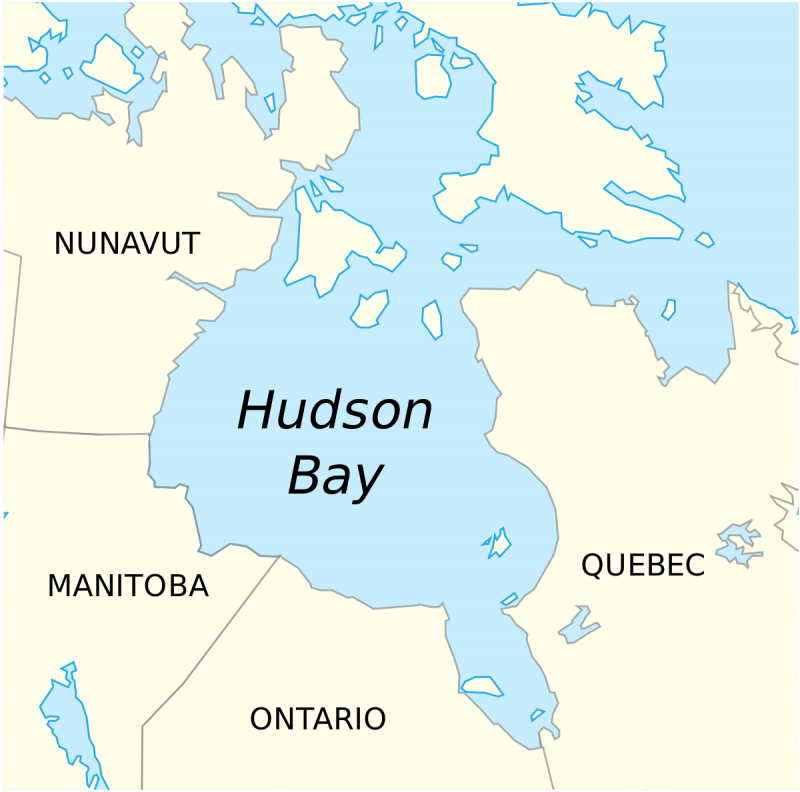
Photo: wikipedia 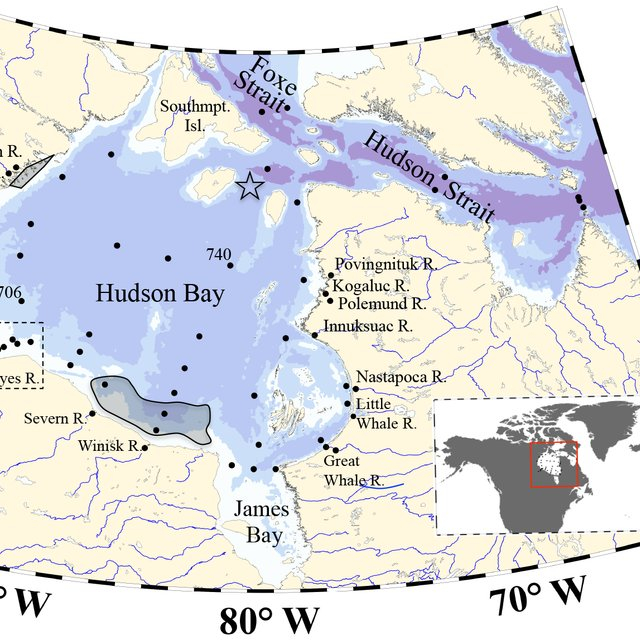
Photo: researchgate -
The hard winter weather arrived as Hudson reached a dead-end at James Bay, and supplies began to run low. Tensions started to rise as crew members became aggressive and agitated. Resentment among the crew reportedly increased as a result of Hudson hoarding provisions for his favorites. The crew of the Discovery rebelled when the expedition set out to return to England. On June 22, 1611, the mutineers kidnapped Hudson. Henry Hudson was never mentioned again. Only 8 of the 13 mutinous crew members made it back to Europe; the other 7 were slain fighting Eskimos. Some of those who returned were put on trial, but were acquitted.
The ship's navigator, Abacuk Pricket, a survivor who kept a journal that would later serve as one of the sources for the story of the mutiny, was in the latter class. Henry Greene and Robert Juet, in Pricket's estimation, were the mutiny's leaders. The latter, a navigator, had joined Hudson on the mission in 1609, and it is stated that his report is “the greatest chronicle of the voyage at the time”. According to Pricket, the mutineers marooned Hudson, his teenage son John, and seven crew members, men who were either ill and infirm or loyal to Hudson in Hudson Bay by casting them adrift from the Discovery in a small shallop, an open boat. According to the Pricket log, the mutineers gave the castaways clothing, ammunition, some pikes, an iron saucepan, bread, and other miscellaneous supplies.
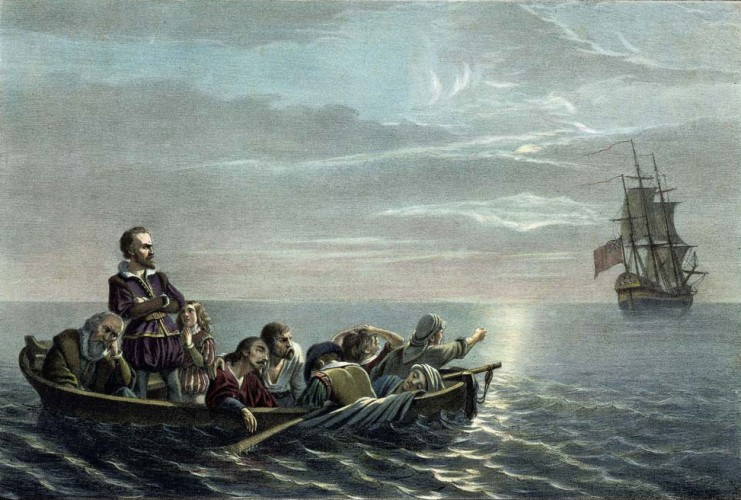
Photo: ottawarewind 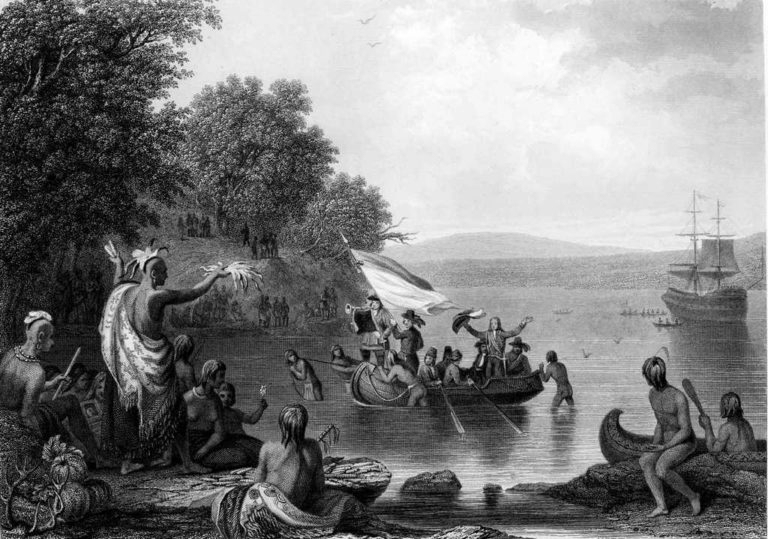
Photo: newburghhistoryblog -
One of the interesting facts about Henry Hudson is four of Hudson's expeditions were under his command, although they were never successful. He remains one of the most well-known explorers in history, the most skilled navigators of the times, nevertheless. Early modern travel was incredibly risky, and Hudson twice sailed into the North Atlantic's perilous waters while carrying deadly icebergs. His skill as a navigator is amply demonstrated by this. Additionally, except for a man slain by Native Americans, he didn't lose a single member of his crew during these missions. So, if a captain's ability to keep his crew alive is an indicator of that skill, Hudson had a stellar track record.
In addition, he provided in-depth descriptions of the locations of marine resources like whales and seals, as well as guidance on how to survive in arctic waters. Future explorers found these to be of great use. The crew's morale may have been influenced by Hudson's alleged headstrongness and favoritism, which may have contributed to the mutiny that ultimately led to his downfall.
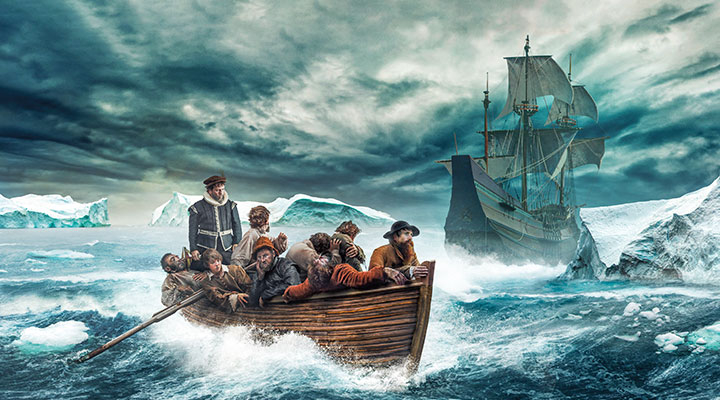
Photo: sn4.scholastic 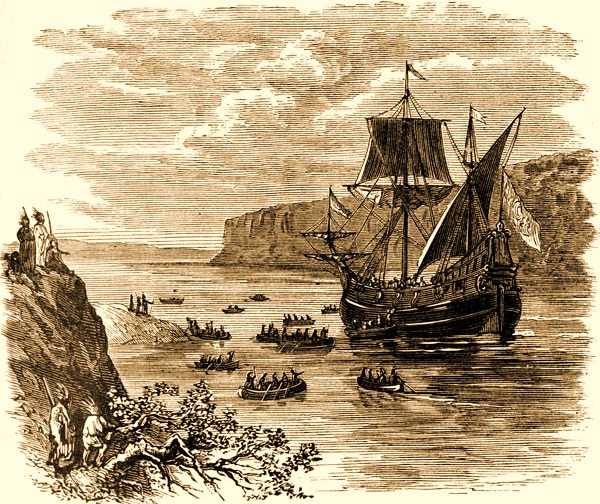
Photo: oldsaltbooks -
The Dutch settlement of the Hudson River and English claims to most of Canada were both based on Henry Hudson's discoveries. The gulf or bay that Hudson travels through is three times as vast as the Baltic Sea, and with to its numerous, sizable estuaries, it provides access to otherwise inaccessible regions of Western Canada and the Arctic. As a result, the Hudson's Bay Company was able to profit from the profitable fur trade that existed along its coastline for more than 200 years, becoming strong enough to shape the history and current international borders of western North America. Although recent journeys take further northerly approaches, Hudson Strait served as the entry to the Arctic for all ships engaged in the historic Atlantic-side search for the Northwest Passage.
Numerous places in North America are named after him, in addition to Hudson Bay. In addition to Hudson County, New Jersey, the Henry Hudson Bridge, the Henry Hudson Parkway, and the town of Hudson, New York, he is the namesake of the Hudson River in both New York and New Jersey. In 1897, plans for the Hendrik Hudson Hotel in New York were made, but it was never built. Instead, ten years later, a name-bearing residential complex had been built.
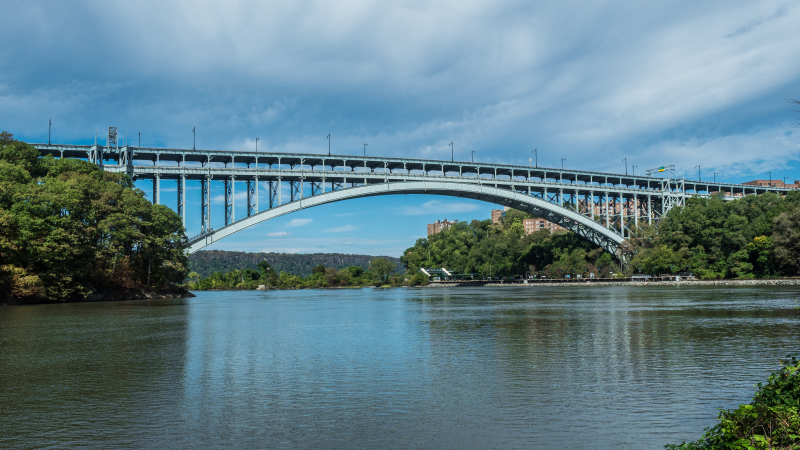
Photo; wikipedia 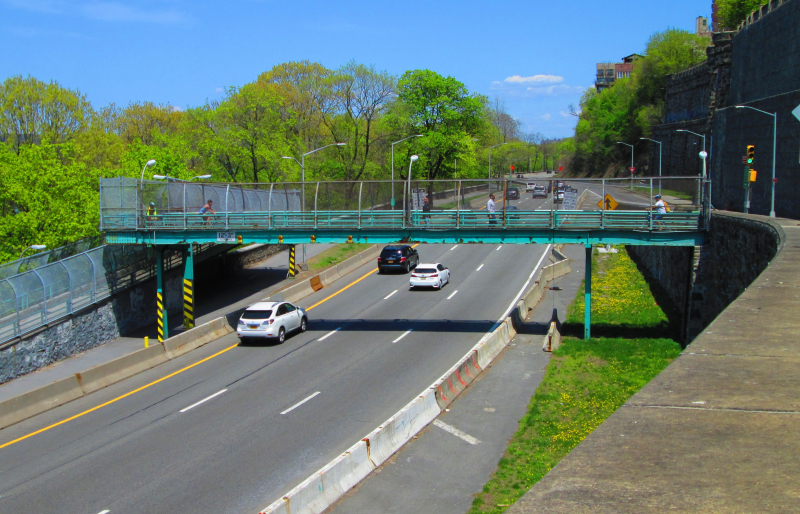
Photo: commons.wikimedia.org





























